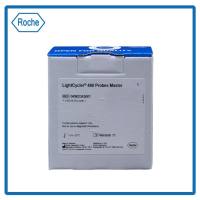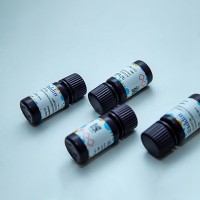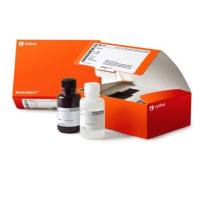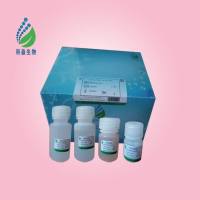Phenylethynylpyrene Excimer Forming Hybridization Probes for Fluorescence SNP Detection
互联网
互联网
相关产品推荐

Roche 4887301001 LightCycler 480 Probes Master 10x 5ml 探针法实时定量试剂盒
¥13200

Multipurpose SNP Genotyping qPCR MIX,阿拉丁
¥399.90

ECL Select WB detection reagent
¥3171

DDP1/DDP1蛋白Recombinant Saccharomyces cerevisiae Diphosphoinositol polyphosphate phosphohydrolase DDP1 (DDP1)重组蛋白Ap6A hydrolase Diadenosine and diphosphoinositol polyphosphate phosphohydrolase 1 Diadenosine hexaphosphate hydrolase (AMP-forming)蛋白
¥2328

5-(6)-Carboxy RhodFluor (Known as SNARF-1, TM of Molecular Probes)&126208-12-6
¥2521
相关问答

